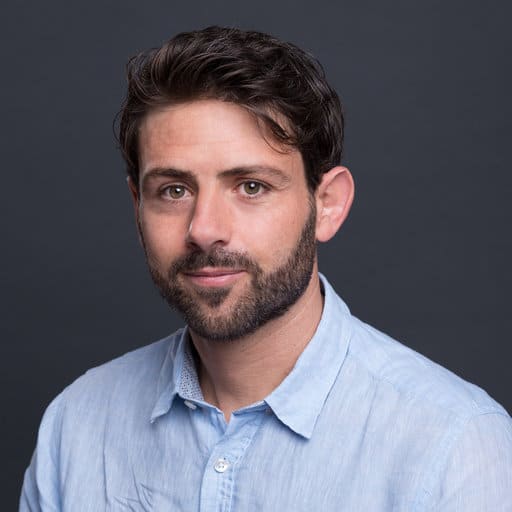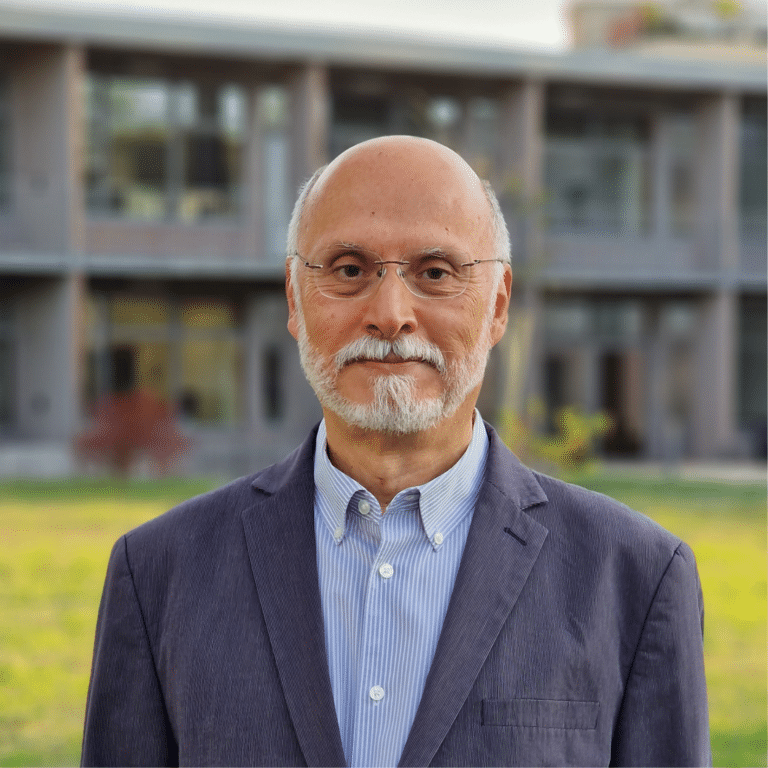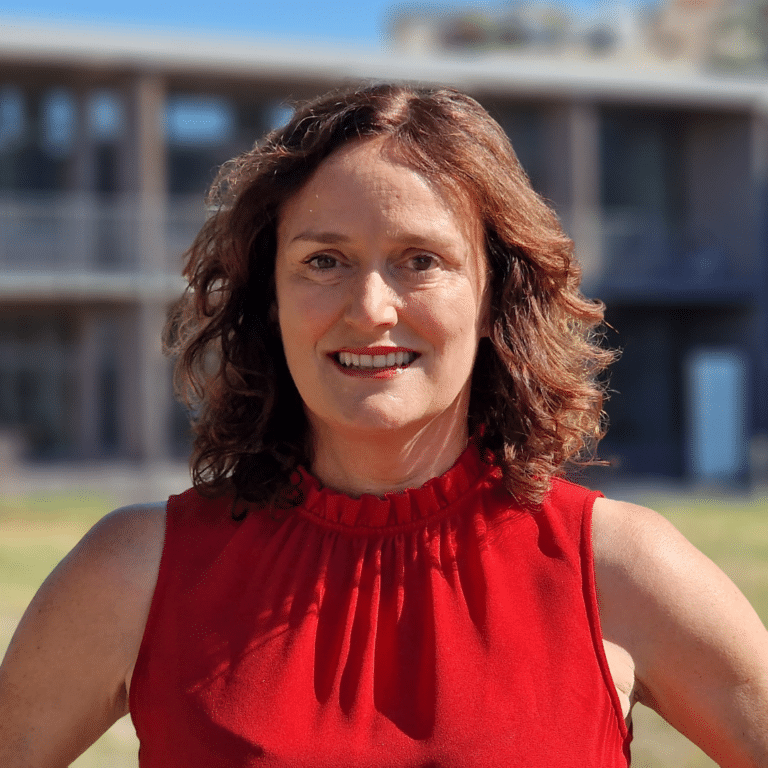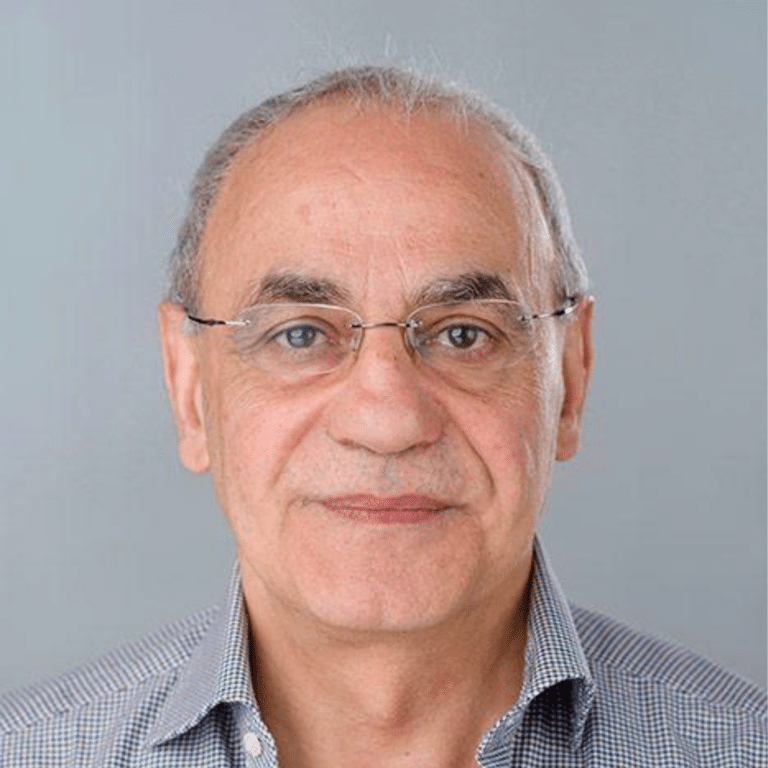Research project
Visual representations of the 3D Mediterranean (past-present-future)
Summary of the research project
In the next 20 years Turkey will double its submarine fleet. According to the Minister of Foreign Affairs, the goal is protecting research in what Turkey considers to be its continental shelf. The conflict between Greece and Turkey over territorial waters is very old, but it owes its present form to the historical introduction of submarine warfare and underwater oil and gas exploration. And yet, we still lack an account of how humans gained access to and engaged with depth and volume in the Mediterranean Sea. Other examples of the centrality of depth are climate change and marine environmental degradation. To think about the future of the Mediterranean in a holistic manner requires coming to terms with its three dimensions. This Project explores the multiple and heterogeneous efforts to visualize the Mediterranean Sea as a three-dimensional space. Starting with early maps of reefs and other shallow accidents, it interrogates how visualizations of the ocean’s bathymetry and column of water acquired depth from the 19th century onwards, including very recent images coming from the ocean, climate, and environmental sciences, human geography and even history and the arts. The project is inherently interdisciplinary and transnational. It seizes the opportunity provided by the common interest in historical series (and their visualization) as a way to learn about the future, shared by the earth and environmental sciences as well as by the humanities. The project’s focus is on visual representations, on the place of (both pictorial and non-pictorial) images in scientific and cultural constructions of the Mediterranean Sea. I will also seek to identify what sorts of visualizations are missing and, most importantly, what do volumetric images tell us about the possibilities open for a future Mediterranean.
Biography
I am a historian of science with broad interdisciplinary interests and a focus on scientific understandings of the Mediterranean Sea. After pursuing graduate studies in philosophy in Sevilla and Science and Technology Studies at Cornell, I obtained my PhD in History in University of California, LA. I have also worked at the UABarcelona, UChicago, and the Max Planck History for the History of Science. I am now a Ramón y Cajal Fellow at USevilla’s philosophy department. My work combines history and philosophy of science and technology with political economy, environmental history, and diplomatic history. I have published (both academic and popular dissemination papers) on Spanish history (Engineers and the Making of the Francoist Regime, MIT Press, 2014), Western Saharan geopolitics, and on Gibraltar science and strategy. In 2014 I started a long-term project on the Mediterranean, which is laid out in a paper I recently published in Diplomatic History (2020). Following that path, I am a co-PI for the (Spanish Ministry) IBER@ Project on tacit knowledge and navigation in the Mediterranean and the Atlantic from the early modern period. I am also a member of the H2020 SALTGIANT, a consortium of geologists and human scientists from 11 European universities studying the formation and discovery of the Mediterranean salt giant.




